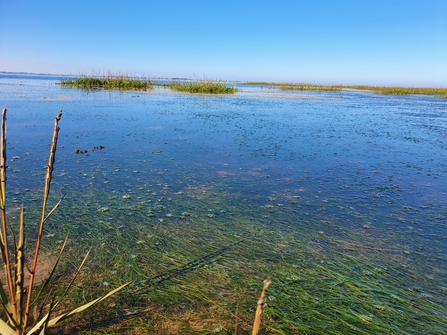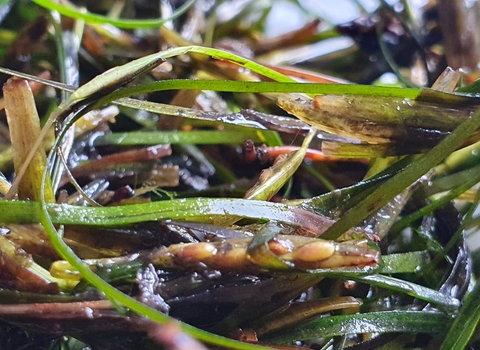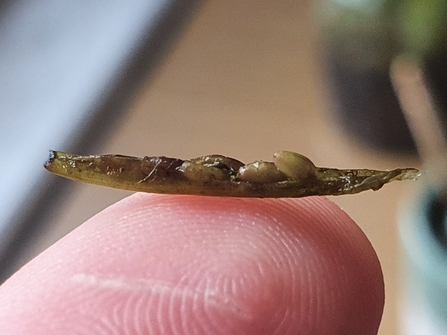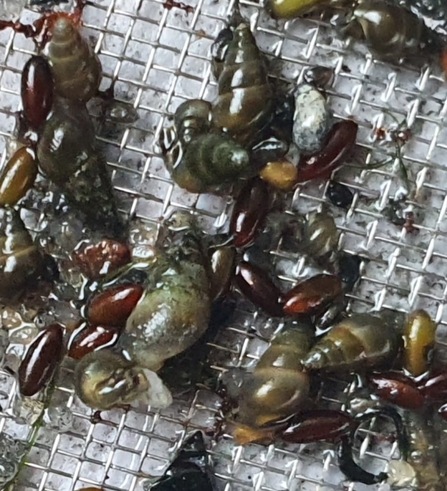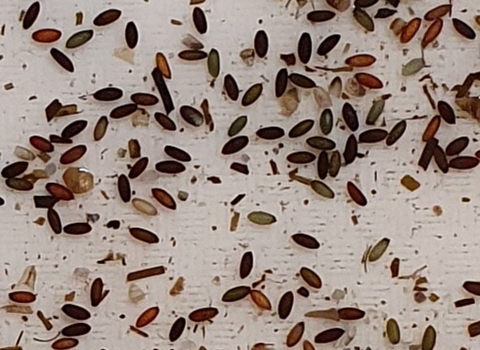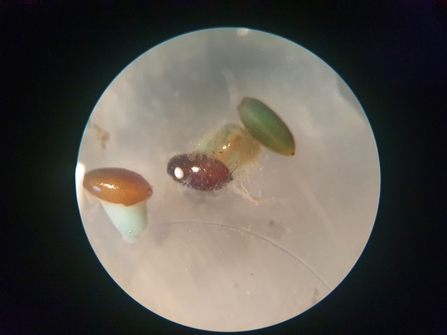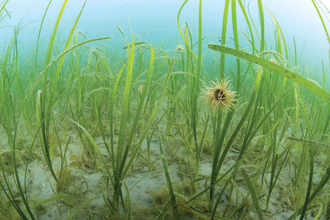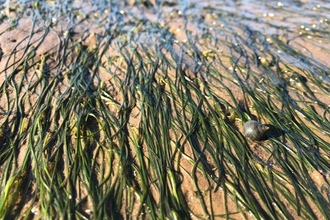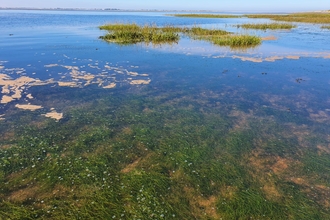At Spurn Point National Nature Reserve we are restoring the lost and fragmented seagrass meadow. What was once a large expanse of seagrass, measuring around 480 hectares, is now small, fragmented patches of meadow which are not able to naturally recolonise to their historic range.
Restoring seagrass is important because:
- It can store vast quantities of carbon in the sediment, helping fight against climate change.
- It is an amazing habitat for many animals and can increase biodiversity.
- It helps stabilise the sediment and allows of succession of other habitats such as saltmarsh.
- It protects against coastal erosion by dissipating wave energy.
- It acts as a pollution filter and sink.

